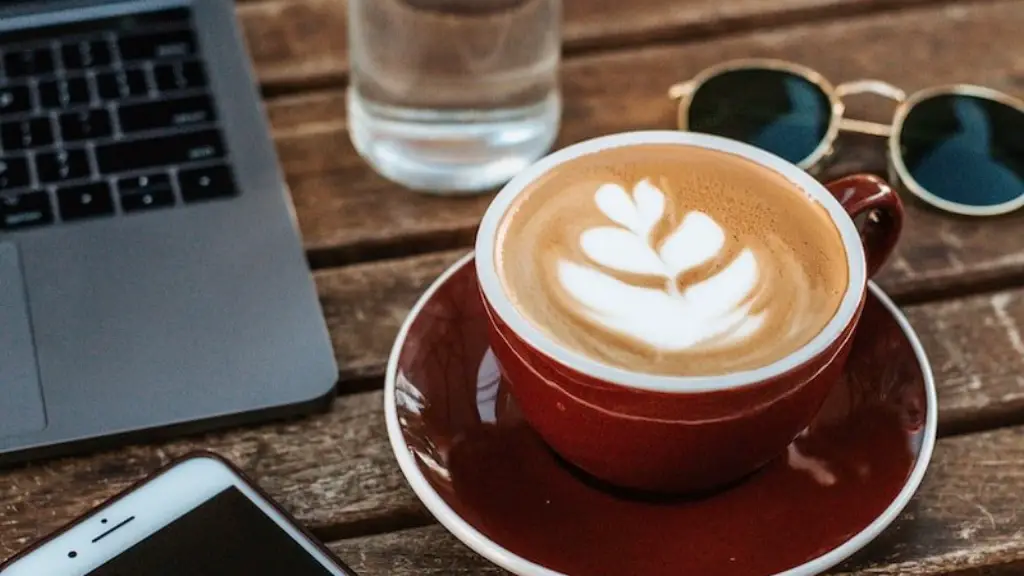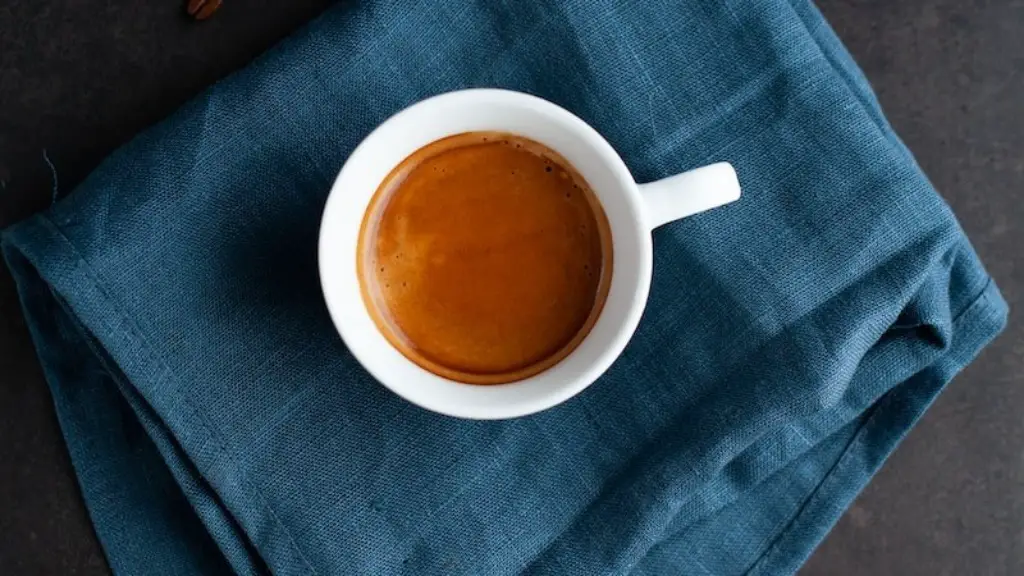Dark roasted, medium roasted or light roasted? Caffeine-laden coffee has become an often times essential part of daily life for many coffee lovers across the globe. But when is the best time to drink coffee after it is done roasting?
Coffee aficionados generally agree that to really get the full richness of the roasted coffee beans, you should wait no fewer than two days and no more than twelve days post-roast to brew the coffee and drinking. After two days, the coffee should still contain some desirable key elements of the taste and aroma, while not yet displaying the undesirable components created by oxidation. This could be described as the optimum time to drink the coffee.
On top of this, the roast has to fit the brewing style you are using. Coarse ground coffee works better with pour-over methodology and fine ground coffee is better brewed in a french press. Dark roast coffee generally holds better for espresso, whereas medium roast coffee goes better with pour-over and Chemex-style brewing.
Unfortunately, not all coffee is the same when it comes to roasting. Some may taste better if you let it sit for a few days. There are several reasons for this, from the type of beans used to the flavor profile that the roaster is trying to achieve with the coffee. Generally speaking, lighter roasts will taste better if brewed more quickly after roasting. It’s probably a safe bet that any coffee roasted more than 12 days prior should not be used, regardless of roast level.
Furthermore, you should consider the origin of your coffee beans. If the coffee beans were grown in a high-altitude climate, they will be slower to degas, and it may take them longer to reach their peak flavor two to three days after roasting. Coffee grown in cooler climates (low altitude) will often take longer to reach optimal flavor than coffee grown in warmer climates, so it is best to wait a bit longer before brewing.
However, even with the right beans, waiting too long can be detrimental. For instance, some people think that letting the coffee “rest” for more than four weeks has a positive effect on the flavor, but research shows that letting the coffee sit in an oxygen-rich environment for this long can lead to oxidation and the deterioration of lively aromatics and flavor profiles.
In short, it’s important to understand that different types of coffee need different approaches to brewing. While some coffees may taste best if brewed quickly after roasting, others may need longer to achieve their full flavor. A good rule of thumb is to keep in mind the origin and quality of your beans and brew the coffee two to twelve days after roasting to ensure maximum flavor.
Types Of Roast
The roast has a big influence on the flavor of the coffee when it comes to drinking it. If you’re looking to get the best out of your beans, it’s essential that you pay attention to the roast level being used. Dark roasts will pick up more of the smokey and bitter notes, while lighter roasts will be a bit more acidic.
Dark roasts are typically used in espresso and French press methods, while light roasts are great for pour-over. It all depends on the flavor profile that you’re looking for when you start brewing your coffee. Dark roasts will have more body and a more intense flavor, whereas light roasts may have more of the floral and fruitier notes to them.
The roast level can also be used to alter the strength of the final cup of coffee. A darker roast will often result in a stronger cup of coffee, while a lighter roast will create a weaker, more delicate cup. The roast level should be the first thing to consider when making your coffee, as it’s one of the most influential parts of the process.
Freshness Of Roasted Coffee
Everybody knows that smell of freshly brewed coffee. But for that to happen, you need to have the freshest possible beans. Roasted coffee starts to lose its flavor and aroma only days after its been roasted, so it’s important to buy your beans as soon as possible. Freshly roasted coffee is the best-tasting coffee, so try to get your hands on the freshest beans possible.
A good way to make sure your beans stay fresh is to buy your beans whole, not pre-ground. Pre-ground coffee will lose its flavor a lot quicker than whole beans, as grinding the beans exposes more of the surface area to oxygen, which can lead to oxidation and a decrease in flavor over time. It’s best to buy your beans whole and grind them only when you’re ready to brew them.
Additionally, make sure to store your beans in a sealed container, or something similar, that can be airtight. This will help keep your beans fresh for longer and will ensure you get the most out of the flavor and aromatics.
Brewing Methodologies
There is no one-size-fits-all approach to brewing coffee. Depending on the type of coffee and tastes that you’re looking for, different methods should be used to take full advantage of the beans. Pour-over coffee will have a different flavor than espresso, so you need to make sure you’re brewing the correct type of coffee for the method.
This is why it’s important to know the type of coffee that you have before you start brewing. For example, lighter roasts are better suited to pour-over and Chemex-style coffee, while darker roasts tend to make espresso and French press coffee taste best. Different brewing methods can produce different flavor notes, so make sure to take this into account when selecting the coffee you want to use.
On top of that, you’ll want to make sure you’re using the right grind size for the brewing method you’re using. Generally speaking, you’ll want a coarser grind if you’re using a pour-over or Chemex-style method, and a finer grind if you’re using a French press. Grinding your beans correctly will help you get the most out of your coffee, no matter what brewing method you’re using.
Grinding Coffee
Grinding your beans is just as important as choosing the right beans for the brewing method. If you’re using a pour-over or Chemex-style brewing method, you’ll want a coarser grind size for maximum flavor extraction. A finer grind size can be used for French press coffee, as it will help the water to stay in contact with the ground coffee for a bit longer.
It’s important to note that the grind size will change over time. If you’re not grinding your beans fresh each time you brew, you may need to adjust the grind size to compensate for changes in the consistency of your beans. This will also help you produce a cup of coffee with maximum flavor and aroma.
Furthermore, the grind size you select will depend on the size of your coffee beans. Larger beans will require a coarser grind, while smaller beans should be ground more finely. With the right grind size, your coffee will be consistent and taste great every time.
Storage Of Roasted Coffee
Once you’ve got your freshly roasted beans, it’s important to store them properly in order to make sure you get the most out of your coffee. Coffee should be stored in an airtight container, and should always be kept in a cool, dark place. Heat and light will cause oxidization of the beans, which can lead to a loss of flavor and aroma over time.
Oxygen is also something that you need to be aware of when it comes to storing roasted coffee. Oxygen can also cause damage to the beans over time, as it leeches out some of the essential oils and flavors of the coffee. To preserve freshness, you should always make sure that your beans are stored in an airtight container.
Additionally, coffee should always be stored in a dark place to ensure that the beans don’t lose any of their flavor and aroma. Light, as as well as heat, can cause damage to coffee beans over time, so it’s important to store them in a place that doesn’t have too much exposure to it.
How Much Should Be Ground
Grinding your coffee too much or too little can have a negative effect on your cup of coffee. It’s important that you grind only the amount of coffee that you need in order to ensure that you get a consistent flavor with each cup. If you grind too much, you risk over extraction of your beans, which can lead to a bitter cup of coffee.
You also want to make sure that you get the right grind size for the brewing method that you’re using. For pour-over and Chemex you’ll want a coarser grind size, while finer grounds are better suited for French press brewing. If you’re using a different method, such as espresso or cold brew, make sure to double-check the grind size for those specific styles.
Finally, it’s important to be aware of the amount of coffee you need to grind for each cup. As a general rule, you should aim for around 15 grams of coffee for every 8 ounces of water. This allows for proper extraction and will give you a full-flavored cup of coffee. Of course, the exact amount may vary depending on the brewing method and the type of beans that you have.





